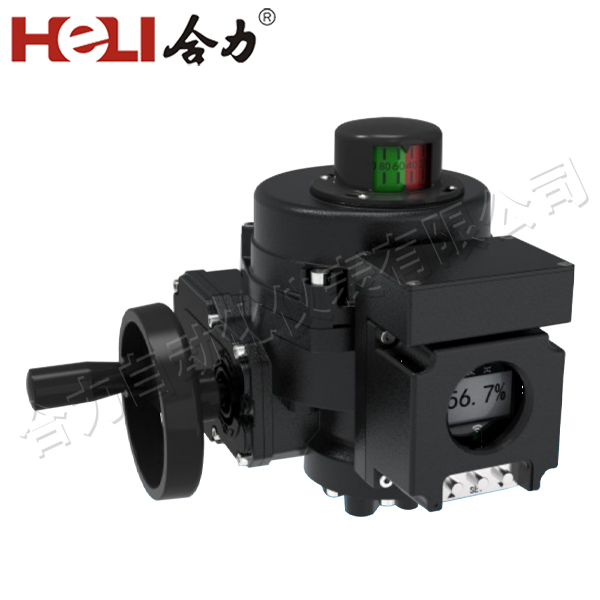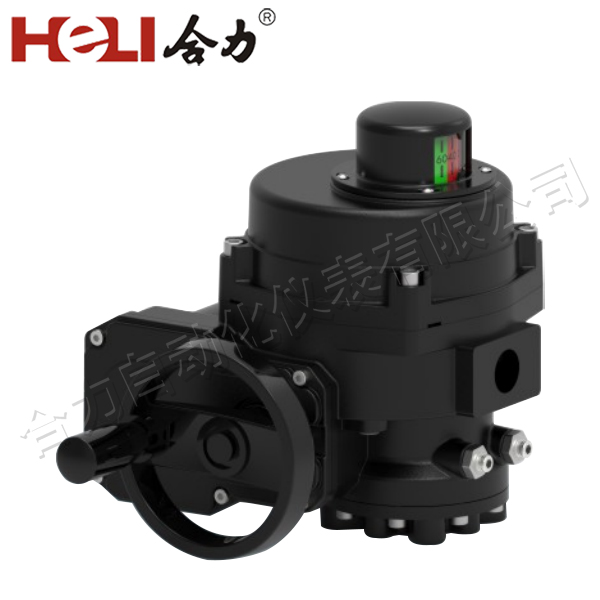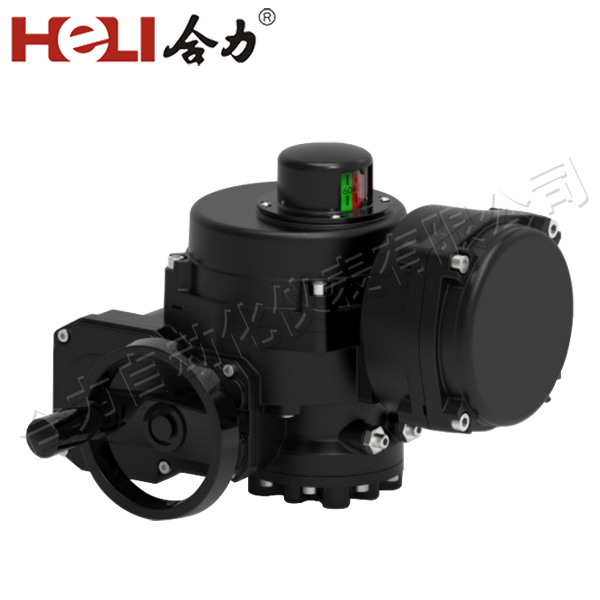
As the world seeks sustainable energy solutions, hydrogen energy has emerged as a promising contender. Its potential to provide clean, renewable energy is becoming increasingly recognized, especially in the realm of electrical installations. This article delves into the significance, benefits, and challenges of hydrogen energy electrical installation, highlighting its role in the future of energy systems.

Hydrogen energy is primarily produced through two methods: electrolysis of water and steam methane reforming. Electrolysis is the process of using electricity to split water into hydrogen and oxygen, producing hydrogen without carbon emissions when powered by renewable sources. Conversely, steam methane reforming extracts hydrogen from natural gas, but this method has a larger carbon footprint. The future of hydrogen energy installation is likely to focus on the former, emphasizing sustainability.

